Now Reading: Top 10 Best Places to Visit in Ratchaburi – Temples, Markets & Nature
-
01
Top 10 Best Places to Visit in Ratchaburi – Temples, Markets & Nature
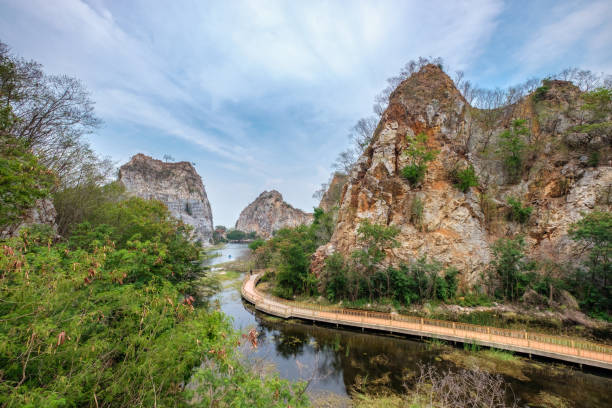
Top 10 Best Places to Visit in Ratchaburi – Temples, Markets & Nature
1.Khao Ngu Stone Park

Khao Ngu Stone Park (or Snake Mountain Park) can be found in Ratchaburi and combines a wonderful landscape with ancient culture. The earlier use of the place as a limestone quarry ended, leaving room for this park which is enjoyed for its lakes, cliffs, caves and bridges. Both residents and travelers enjoy Chestnut Hill for light hiking, photography and learning about its culture.
🕰 History & Significance
In the past, the site operated as a limestone quarry, making it possible for the region to build and develop with the key resource. Over time, the quarry was abandoned because of environmental issues and the officials changed the site into a place for both nature and human recreation.
It isn’t limited to surprisingly sculpted rocks; the site is also significant for its history and religious importance. Scattered throughout and surrounding the park are Buddhist caves and some contain ancient carvings and artifacts from the Dvaravati period (6th–11th century). These include:
At Tham Ruesi Khao Ngu, a 1,000-year-old bas-relief image of the Buddha can be found.
Tham Phra Prathun – Famous for a stone Buddha and serving as a place for meditation.
The area is thought to have been called Khao Ngu (“Snake Mountain”) since it is said to look like a curled snake in local folk tales.
Significance Today
Khao Ngu Stone Park is a good example of how land can be reclaimed and tradition protected. It has turned from a busy industrial area into a popular place where people enjoy nature and learn about Thailand’s old history.
It supports local tourism and plays a role in ecotourism as well as teaching people about the area’s culture.
🕚 When to Visit
- A good time to hike is either early on or late in the day when it isn’t as hot.
- Taking pictures at sunset creates the most beautiful light.
- Weekends usually see more people, while you won’t find as many on the weekdays.
- The site is found in Ratchaburi Province, Thailand.
- Plan for about 1–2 hours of your day.
2.Wat Nong Hoi
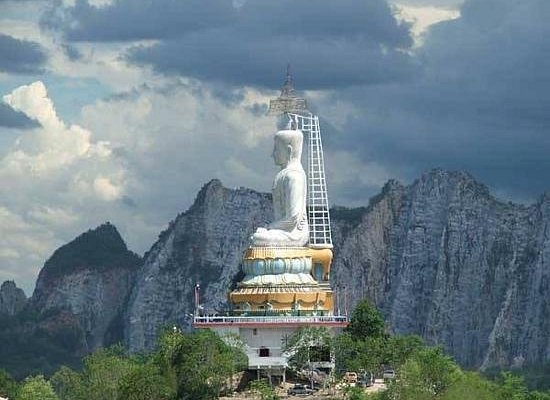
At Wat Nong Hoi, visitors can both learn from their faith and look down at the stunning local countryside. Being on top of a mountain, the temple here is visited both by those who worship and by those who come as tourists.
A special feature of this temple is its resident monkeys, who freely visit all parts of the complex. While people should watch out, they’ll often see that antics are usually funny to watch and make great pictures.
🕰️ Background & Importance
The giant statute of Guanyin (Goddess of Mercy) found at the top of Wat Nong Hoi is what the site is most famous for. Family members of this order venerate the temple in Mahayana Buddhist tradition, including Guanyin, an important bodhisattva who exemplifies kindness.
Locals founded the temple in the mid-20th century for use as a local place of worship and a place people would travel to. Throughout the years, it grew into a complex of many buildings, shrines and meditation halls and drew both Thai and Chinese Buddhists. Standing at more than 16 meters high, the Guanyin statue is easy to see from any distance in Ratchaburi.
Before the temple was built, the hill stood in a natural state, but after its development, spiritual energy and activities increased there.
🛕 Highlights
- 🗿 Guanyin Statue – Standing imposingly in the center of the temple.
- Many Shrines – Situated on the hill, some with Buddhist and Taoist influences.
- Oh Boy! There’s a Monkey Everywhere! – It’s charming, but remain aware of your possessions as you go along.
- 🌄 Amazing Scenery – Particularly at sunrise and sunset, you will notice the massive Ratchaburi plains.
- Many still go to the temple to worship or meditate calmly.
When to Have the Best Trip
- Going out in the morning between 7 AM and 10 AM or in the afternoon for a calmer atmosphere.
- On weekdays, it’s not crowded, but there are more believers on weekends.
- Don’t walk around eating food from a bag as monkeys might try seize it.
- The city is found in Ratchaburi Province, Thailand.
- The workshops usually last between one and two hours.
3.Wat Mahathat Worawihan
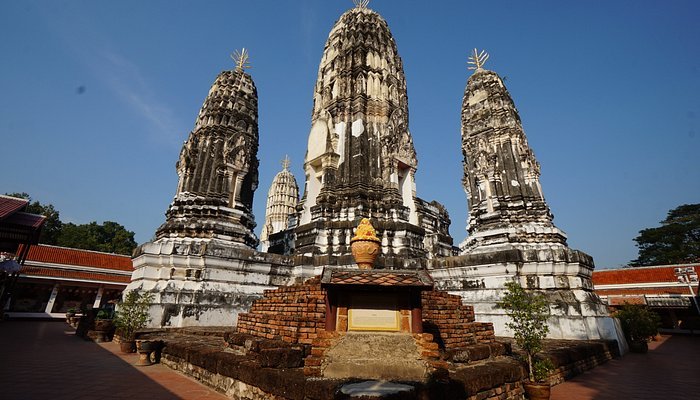
Unlike many other tourist sites, the Wat Mahathat Worawihan temple is often forgotten by visitors, but holds a lot of value for locals. You can see interesting examples of Ayutthaya-period architecture and Thai religion here, without having to fight for space like at top attractions.
Though the ruins here are smaller than those in Ayutthaya, tourists still admire archaic Siamese culture with preserved chedis, the main viharn and remains of Buddhas.
How History & Significance as a Religion Affected the Society
During the Ayutthaya period (14th–18th centuries), the country saw great achievements in architecture and Buddhism and Wat Mahathat Worawihan was built at that time. In that era, the temple was vital to religious and social life and was created using Khmer and Sukhothai styles, characterizing its great “Mahathat” or “Great Relic,” name.
Both monarchs and nobles are believed to have built the temple as a royal Worawihan which served for important religious rites and public messages. Before, the main prang contained the holiest Buddhist artifacts, helping make the site a revered spot visited by local pilgrims.
Despite many renovations, the temple’s main design has stayed loyal to its history, particularly in its big prang and nearby stupas.
Architectural Highlights
🛕 Central Prang Temple – You will find the main stupa is built to resemble those in ancient Lopburi and early Ayutthaya.
Restored Viharn – It is the hall for monks to gather and hold rituals and there are delightful Buddha statues.
Ancient Brickwork and Stucco Designs – Original parts of Ayutthaya masonry are found within the temple.
🪔 Murals and indoor decor can be colorful, faded or a bit worn, but they allow the soul of sacred art to stay clear and cozy.
The months of September to November offer the best time to visit.
- The best light can be found in the morning (anytime before 9:00) or late afternoon, along with cooler conditions.
- While weekdays make the experience serene, the temple is accessible every day of the week.
- Ratchaburi Province is where you find this waterfall.
- Between 30 minutes and 1 hour is a good duration for free training sessions.
4.Mitr Phol Stadium

You don’t have to like football to enjoy Mitr Phol Stadium, since it offers cultural experiences, food and a bit of nature. If you want to see a Ratchaburi FC game, sample nearby snacks or enjoy the calmer vibe, the stadium area gives you more to enjoy than you might have expected.
What defines it? This small café-style eatery, close to the stadium, serves home-style Thai dishes, is located in beautiful surroundings and brings a friendly community atmosphere.
🕰️ Why it is significant
Ratchaburi Mitr Phol FC chose Mitr Phol Stadium to be its home ground in the Thai League 1. The factory launched in 2016 with help from the Mitr Phol Group, one of Thailand’s largest sugar producers. This stadium stands for companies and communities joining forces to help sports and engage the surrounding area.
As only one of a few stadiums that football clubs own in Thailand, Mitr Phol Stadium is part of a new trend to develop independent football communities in the country. It holds games for the country’s top teams and on most weekends it’s full of enthusiastic spectators.
🕙 What’s the Best Time to See Cape Verde
- Sunny weekends and evenings are ideal times to feel the full spirit of the crowd.
- Having dinner in the late afternoon and walking quietly around where I am.
- If you want to watch Ratchaburi FC play at home, first check the Thai League schedule.
- Ratchaburi Province’s Mueang Ratchaburi District is where Suang Khot is found
- Sports Venue | Category: Local Culture | Spot for Dining
- The session is scheduled to take 2–3 hours.
5.Chompol Cave
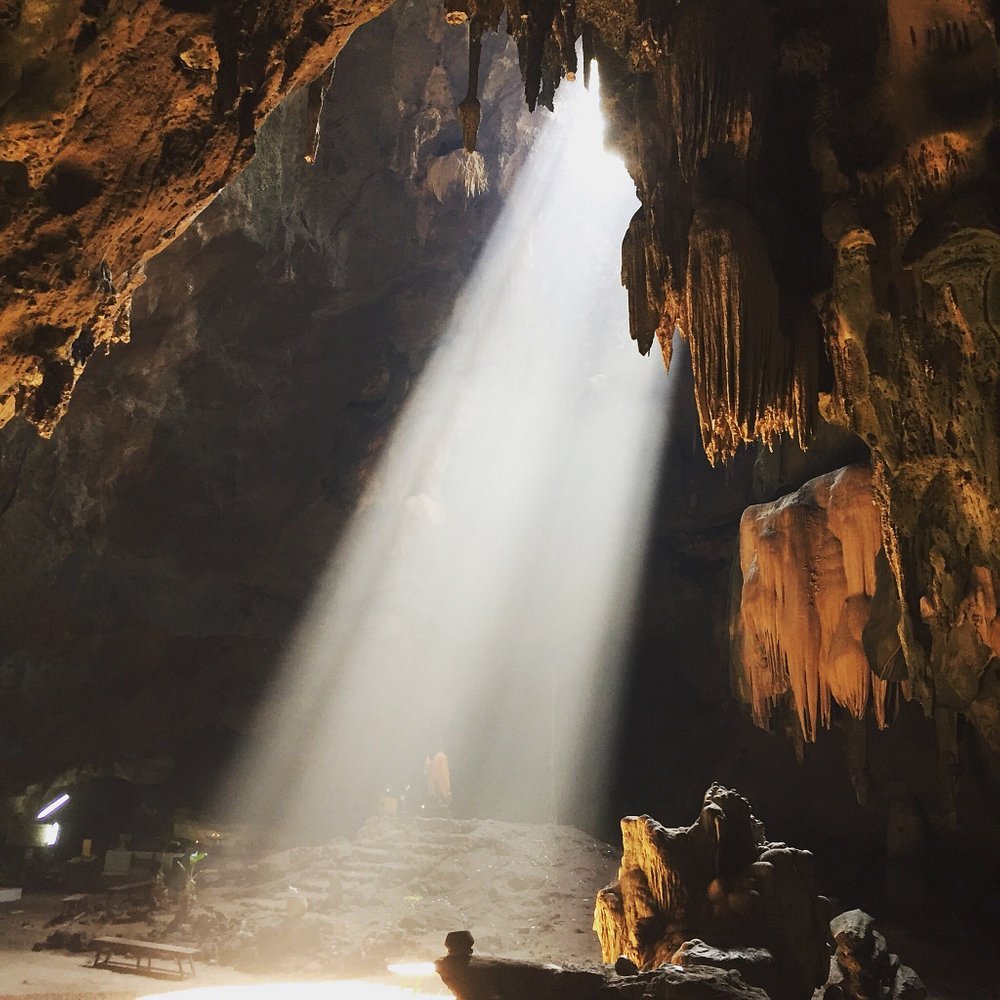
Many people miss out on Chompol Cave, yet this impressive limestone cave is found in Thailand. Because it is located in a hillside, you will see spectacular stalactite and stalagmite features, enjoy soft, natural light and experience a sense of peace. It might be unpolished for some, but the Tham Lung cave is a great place to see Thailand’s amazing underground sites.
You might also find your visit left you wondering at the natural beauty and also upset by the poor condition of the area.
History & Why It’s Important
The cave belongs to the Khao Bin mountain range in Ratchaburi which is famous for having limestone created many millions of years ago. Chompol is called “pink crown” because the stalactites and stalagmites within the cave can resemble precious jewels when the sun or lights emanate warmth inside the cave.
Over the years, caves similar to Chompol were used by monks for meditation and as places for spiritual25545 retreats. Certain local people hold that the cave hosts protective spirits and rituals were arranged nearby its more mysterious areas.
It also demonstrates Thailand’s karst scenery, since years of minerals flowing through stone have created these unique shapes and interesting colors.
When Is the Best Time to Plan Your Trip
- Photographing at sunrise or sunset is best due to the cooler air and a nicer light for the pictures.
- Don’t go when it’s raining, as the rocks inside the cave can get slippery.
- Ratchaburi Province in Thailand is where you will find this temple.
- Length of time needed: 1–2 hours
6.The Orthodox Church
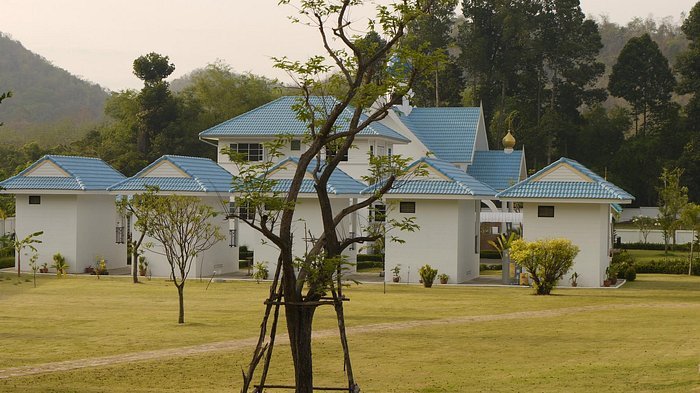
Getting away from the hectic temples and shrines of Thailand, you can find Eastern Christianity inside the Orthodox Church. Because of its special domes, artwork and peaceful interior, it is the perfect place for anyone seeking silence and spiritual activity.
If you find yourself not near a large city, the effort to see this area goes a long way if you’re curious about Thailand’s various traditions and religions.
There are many topics in World History that show the significance of objects and events.
Thailand’s Orthodox Church only emerged in the twentieth century, while Buddhism has been there for many centuries. It was established in the late 1990s when missionaries from the Russian Orthodox Church traveled to Southeast Asia to look after the spiritual lives of Russian expats and Orthodox Christians living there.
A registered Orthodox parish was first founded in Bangkok in 1999.
Thailand’s Orthodox Church belongs to the Patriarchal Exarchate of the Russian Orthodox Church in Southeast Asia.
Churches have now been formed in Pattaya, Phuket and Ratchaburi, as well as in other areas.
Over the years, its mission has grown to cover giving to charities, promoting community harmony and discussing religion between groups.
Top Architectural Sights
The architecture here is easy to tell apart from Thai Buddhist wats.
Domes in the form of a stylized onion and cross-topped spires
Rooms filled with Byzantine-style icons, sheets of gold and orthodox chandeliers
Walls with religious images divided the altar from the nave
A soothing, comparatively dark place for prayer and quiet thought
You don’t have to be religious to appreciate how impressive and peaceful the inside of a church can be.
- Place of Operation: Does not remain the same, but is often in Bangkok, Ratchaburi or Pattaya
- It takes 1 to 2 hours to complete GQL training.
7.D Kunst
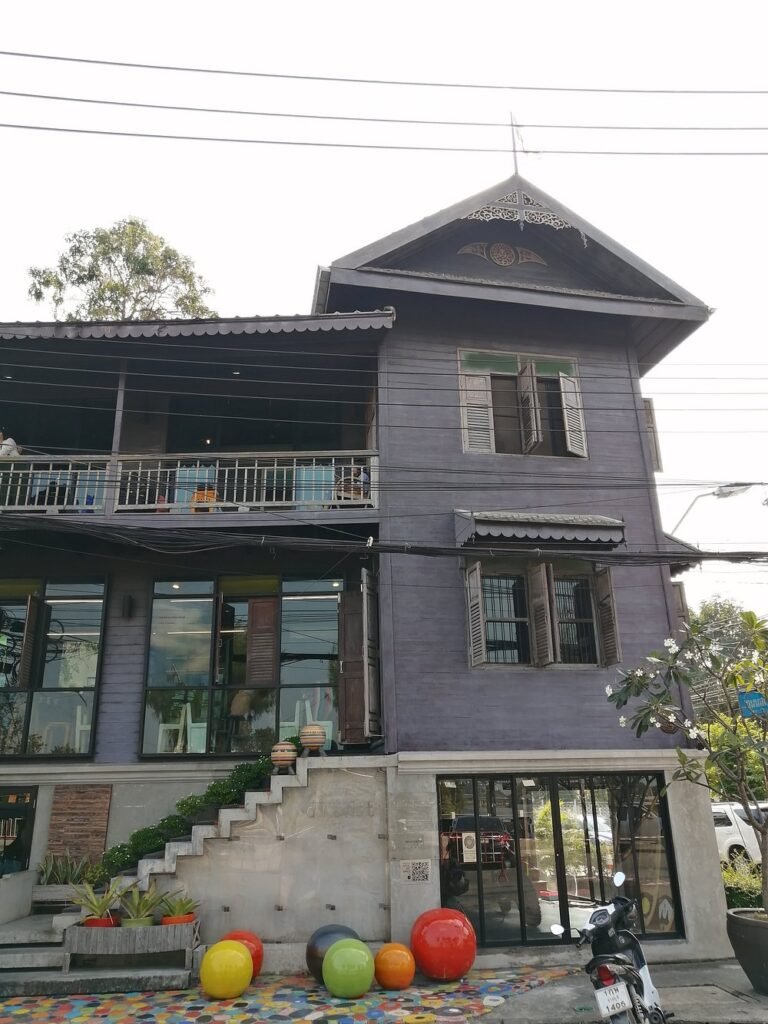
In a hidden part of the city, D Kunst goes beyond being a café by honoring ceramic art and the friendship coffee brings. D Kunst’s name refers to the German work for “art” and was chosen to pay tribute to a founder who gained experience in ceramics in Germany. You’ll see European influences everywhere in the space, from how it looks to its warm and sophisticated atmosphere.
The idea to found D Kunst came from a family of enthusiastic ceramic artists. Because of their love for old-world pottery and current design, the family has brought art into their daily lives. Each mug, plate and decoration in the café is made by hand by the family which gives every item a unique personality.
The reason D Kunst stands out is the way it mixes artistry and usefulness. Touching and enjoying your coffee from a handmade cup makes it taste better and having each bite on a dish molded by people’s hands only adds to the delight.
That’s why an educational sign stands out, improving how ordinary moments feel.
Its coffee is wonderful, but what sets D Kunst apart is its small-scale spirit and the message it gives about handcrafted items. This type of cafe prompts you to slow down, notice the skill in the drinks and dishes and connect with people, either through a discussion, art or drinking coffee.
With so many trendy cafes in the city, D Kunst continues to value authenticity, friendliness and living well.
- No time is needed outside of 1 hour.
8.Wat Chong Lom
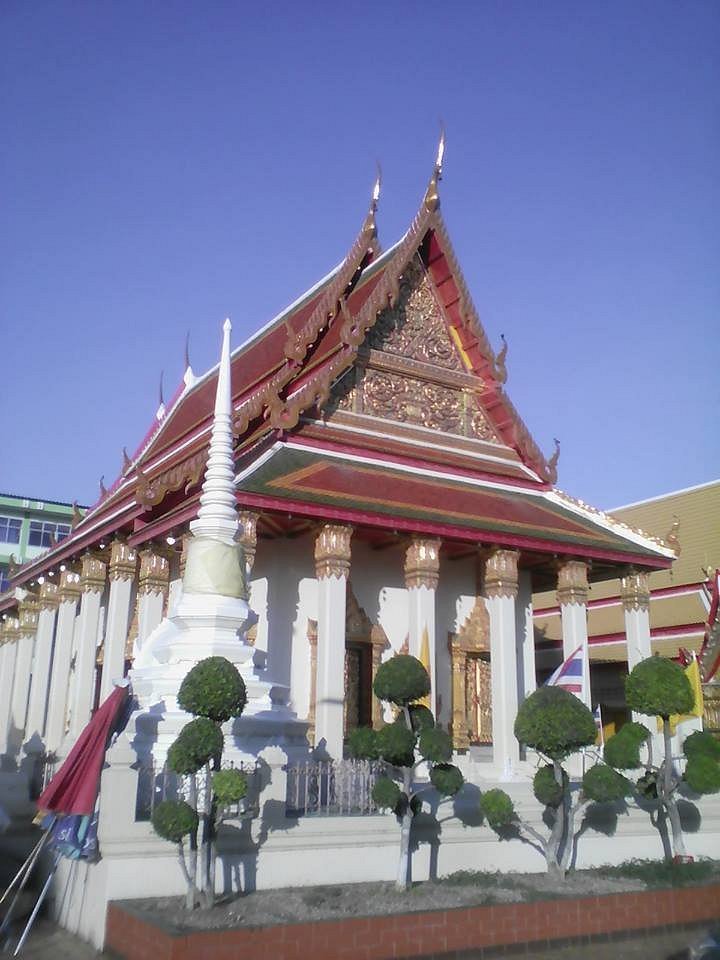
Tucked outside of the busy city, the Wat Chong Lom temple allows visitors to peacefully enjoy Thailand’s cultural traditions and religion. In addition to being a temple, this historic site brings together traditions, art and the community.
Brief History of Wat Chong Lom
For many centuries, Wat Chong Lom has been connected to the region’s spiritual beliefs. The temple is called the “Temple of the Encircling Bodhi Tree,” suggesting the important Buddhist message related to the tree—where the Buddha reached enlightenment.
For a long time, Wat Chong Lom has had a role greater than religious ceremonies. Many of the local community come together for events like festivals, ceremonies and meditation retreats here. Classic Thai architecture, festooned with elaborate carvings, bright stories and glittering stupas, is seen in the temple.
Why Wat Chong Lom is special
The temple is valued for several different important reasons.
Wat Chong Lom is currently a place for worship and monks perform ceremonial duties everyday. People often visit here to receive blessings, meditate and recover inner peace.
Traditional Thai art is kept alive within the temple’s architecture and murals. You can find education here on Buddhist beliefs and the local traditions of Sri Lanka.
A Source of Community Solidarity: As well as serving as a place of worship, the temples play a key role at festive events such as Loy Krathong and Songkran.
9.Kad Viti Chum Chon Khu Bua
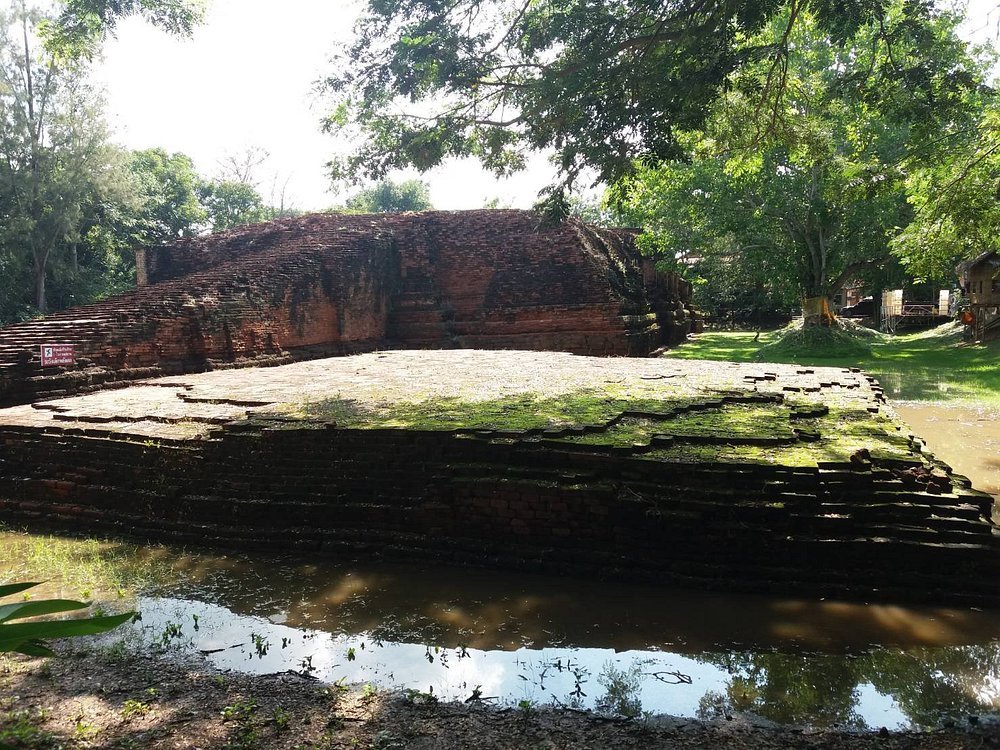
This market is perfect if you want to find a real, less visited market instead of a tourist trap. This market is special not only because of the wide range of local products, but also because local people who run it work together with strong community spirit.
A Long and Deep Root in Community
Kad Viti Chum Chon Khu Bua is not only a place to buy items, but also a place that shows the way of life here. What began as a farmers’ market for the region eventually grew on its own, always keeping to its roots. Unlike a lot of markets focused on tourists, Kad Viti centers its efforts on supporting community and sustainability.
Throughout history, markets were the main place for people to swap goods, stories, culture and their assistance. It is still a place where farmers, artisans and food businesses meet to offer their goods to guests who enjoy authentic items.
Being Green and Sharing a Community Spirit
The special thing about Kad Viti is that sustainability there is guided by the community. Those living nearby join forces to keep the market a place that benefits everyone—helping the economy, keeping customs alive and supporting eco-friendly ways of life.
Thanks to everyone helping out, it becomes easier for people to make genuine connections with sellers at the market. Having a market focused on making friendships and saving cultural traditions is definitely refreshing.
10.Ratchaburi National Museum
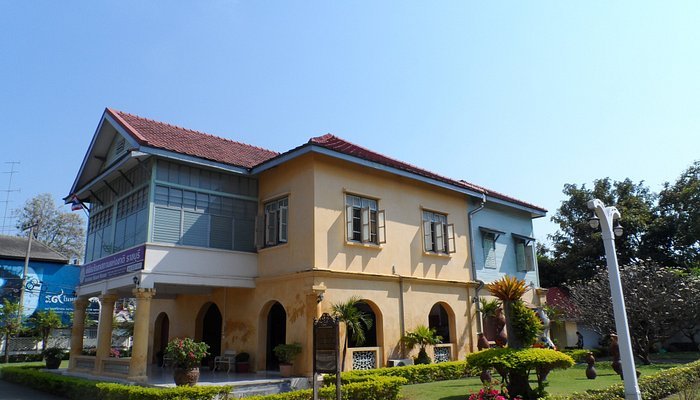
Those interested in learning about the past of Ratchaburi can find a lot at the Ratchaburi National Museum. Because this museum gathers archaeology, ethnography, geology and folk traditions into one place, it is well worth visiting for those interested in culture or history.
The museum collection includes many history exhibits.
The museum’s items show how Ratchaburi’s cultural background is shaped by its varied community and history. The exhibits highlight ancient fishing tools that help people imagine the traditional way of life for the local community.
The museum recognizes the cultures and lives of several ethnic communities in the region, among them the Laosong Karen and Tai-Yuan peoples. Items such as costumes, artifacts and everyday objects help the museum explain how these groups have influenced the culture and way of life in the region.
Important Historic Art and Antiquities
Ratchaburi is home to the Ratchaburi Sword, a precious item that shows off the province’s history and artistic skills.
The Bodhisattva Avalokiteshvara sculpture is a particularly fine example of Byrne’s work and remains in perfect condition. Just five complete Avalokiteshvara statues have been found in Thailand, so this statue is extremely valuable. The statue reveals the highest levels of artistry in the sculptures from ancient Thailand.
How a Language is Used in Society
The Ratchaburi National Museum helps protect and present the heritage of this multicultural region. It provides information to guests on the history of early residents and the heritage of the local people. The museum allows people visiting today to learn about Ratchaburi’s unique history and culture.
- You should expect the lesson to last around 1-2 hours.
Related articles : Top 10 Best Pla ces to Visit in Rayong – Beaches, Islands & Culture
Stay Informed With the Latest & Most Important News
Previous Post
Next Post
-
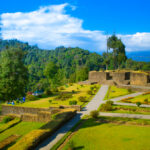 01Top 5 Best Places Visiting in Gyalshing – Monasteries, Lakes & Scenic Escapes
01Top 5 Best Places Visiting in Gyalshing – Monasteries, Lakes & Scenic Escapes -
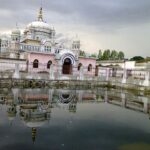 02Top 5 Best Places Visiting in Panna – Temples, Waterfalls & Wildlife Escapes
02Top 5 Best Places Visiting in Panna – Temples, Waterfalls & Wildlife Escapes -
 03Top 5 Best Places to Visit in Malerkotla – Malerkotla Fort, Sheesh Mahal & More
03Top 5 Best Places to Visit in Malerkotla – Malerkotla Fort, Sheesh Mahal & More -
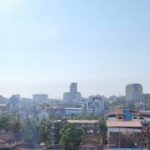 04Top 10 Best Places Visiting in Dakshina Kannad for Culture, Nature & Coastal Charm
04Top 10 Best Places Visiting in Dakshina Kannad for Culture, Nature & Coastal Charm -
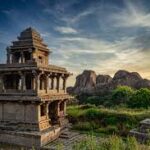 05Top 2 Best Places Visiting in Chitradurga for History, Nature & Adventure
05Top 2 Best Places Visiting in Chitradurga for History, Nature & Adventure -
 06Best Places Visiting in Shopian – Explore Top Attractions & Hidden Gems
06Best Places Visiting in Shopian – Explore Top Attractions & Hidden Gems -
 07Best Places Visiting in Narmadapuram – Temples, Waterfalls & Wildlife Escapes
07Best Places Visiting in Narmadapuram – Temples, Waterfalls & Wildlife Escapes












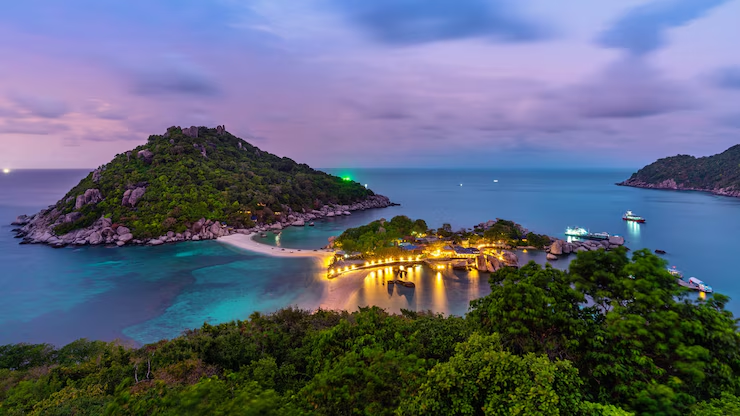

Pingback: Best Places to Visit in Ranong – Explore Hot Springs, Islands & Nature